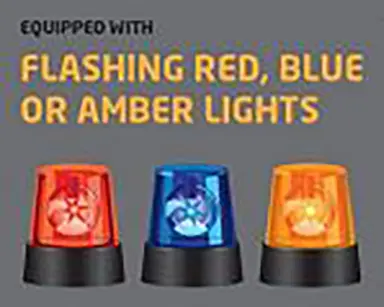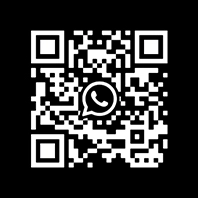What do you do when…
You Hear A Siren?
See a flashing yellow light vehicle?
See a blue flashing Lights?
See Hazard Lights?
See flashing red lights?
See a car stopped in an odd location?
See a car stopped at an odd location with people standing near?
Flashing Red Light Emergency Vehicle Approaching! What do you do?
- AUDIBLE
- FLASHING RED LIGHT
- YIELD RIGHT OF WAY
- PARALLEL TO
- NEAREST EDGE
- CLEAR OF INTERSECTION
- STOP
- REMAIN UNTIL
- EMERGENCY VEHICLE HAS PASSED
This often occurs in Vancouver traffic during driving lessons. A less frequent surprise is blacked-out intersection traffic lights with no electricity, but we will discuss this in a future post.
If you read the text of law 177 below carefully, STOP is critical, as is YIELDING RIGHT OF WAY to the firetruck or police cruiser. Most new drivers bolt for the closest curb or completely ignore the emergency vehicle, both of which seem a result of panic and/or confusion.
1. STOP
STOP is the top-of-mind part here. Gently safely, and carefully slow your vehicle. Calm, gentle, and slow. Focus on your stop and monitor surrounding cars to ensure a gentle, safe speed decline for all traffic.
2. YIELD RIGHT OF WAY
Once your slow down is set up, and you know that you and your surroundings are safe with the STOP, look for the approach trajectory of the FLASHING RED LIGHTS and ask yourself, is their projected path COMING DIRECTLY AT YOU? Add IS THERE PROJECTED PATH IMPEDED by traffic or other cars?
If the answer to either is YES, then start scanning for a movement to the closest curb or side of the road to help yourself and others clear a path. You will see other vehicles gently moving if this is needed.
Also, you will know if moving is needed because the FLASHING RED LIGHTS will be blaring their horn at all the traffic to move, and other cars will start moving to help clear the path.
Generally, in most cases with bumper-to-bumper multi-lane traffic, there is no need to move, and most of the time, it’s just a simple slow down and stop. The emergency vehicle moves away from the multiple lanes of traffic into the head-on lane and continues safely past you.
Note here that if you are on a roadway with only yourself or very few other cars with lots of space for the emergency to pass you unimpeded, most of the time, you simply slow and stop where you are, allowing for the emergency vehicle a clear communication of you simply containing your vehicle. Bolting to one side of the roadway or the other is not needed. Again, relax, be gentle, slow to a stop and monitor the emergency vehicles’ path to ensure they have a safe route.
3. CLEAR OF INTERSECTION
As you slow to stop, carefully note if you are in an intersection. If YES, slowly monitor the EMERGENCY VEHICLE, and if they are approaching your space, gently clear out of the intersection.
AGAIN NOTE HERE this is not a race! It’s a careful deceleration of ALL vehicles in your vicinity. As all traffic slows to a stop, it becomes very easy for you to carefully clear the space and open up a path for the emergency vehicle. There is no need for a rush, panic, or accelerate abruptly!
https://www.bclaws.gov.bc.ca/civix/document/id/complete/statreg/96318_05
Approach of emergency vehicle
177 On the immediate approach of an emergency vehicle giving an audible signal by a bell, siren or exhaust whistle, and showing a visible flashing red light, except when otherwise directed by a peace officer, a driver must yield the right of way, and immediately drive to a position parallel to and as close as possible to the nearest edge or curb of the roadway, clear of an intersection, and stop and remain in that position until the emergency vehicle has passed.
A great thing to learn in your Vancouver Driving lesson. Stay tuned for more talk about other colour flashing lights on vehicles, both emergency and maintenance. Do you know these rules? Did your driving instructor coach you on them? If not, why not? And yes, this does happen during ICBC driving tests. Would you know what to do?




Comments are closed